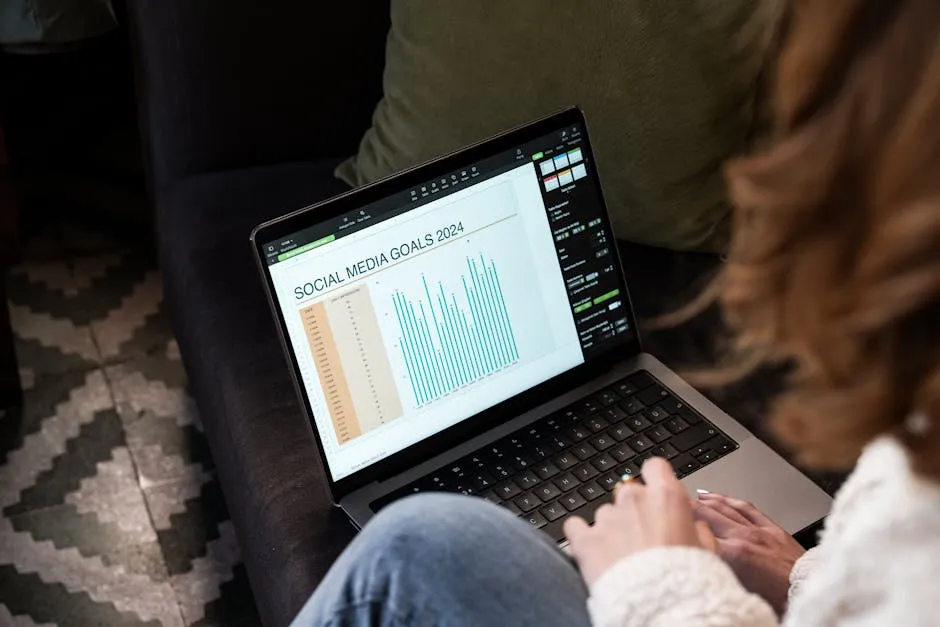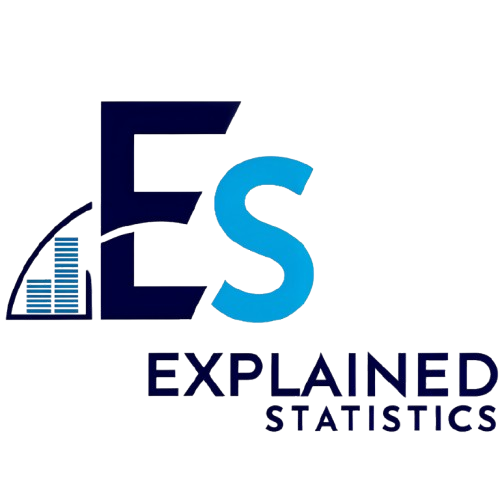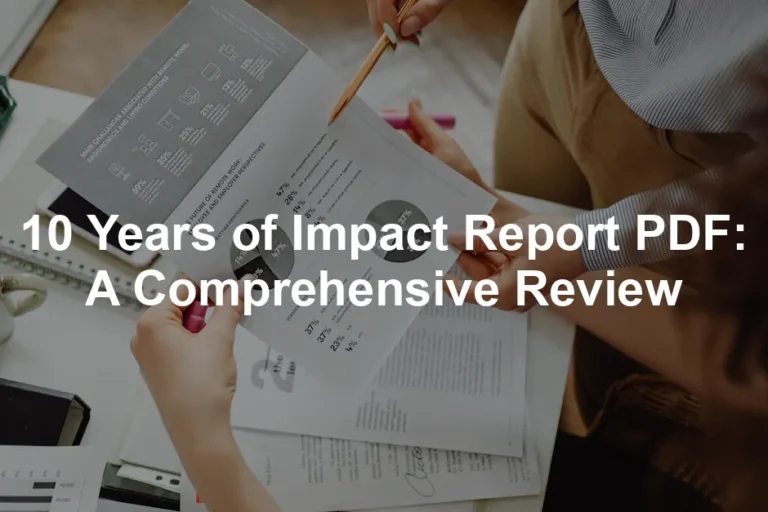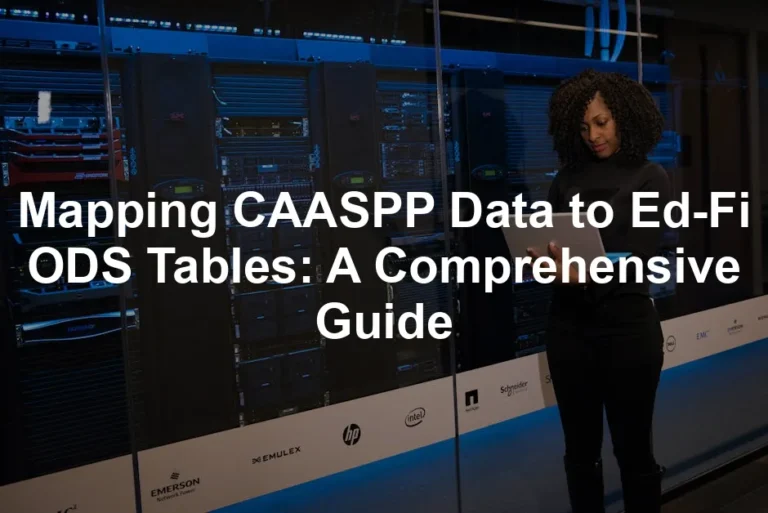Introduction
Have you ever wondered how cognitive function is assessed in long-term care settings? The BIMS score, or Brief Interview for Mental Status, is crucial for evaluating residents’ cognitive abilities. It plays a vital role in identifying cognitive impairments early on, which can significantly enhance care management. Recognizing cognitive decline early allows caregivers to implement the best strategies for support. This article aims to provide a thorough understanding of the BIMS score, including its assessment process, interpretation, and practical applications in care settings. To deepen your understanding of cognitive assessments, consider exploring the BIMS Cognitive Assessment Tool Kit. This toolkit provides valuable resources for assessing cognitive function effectively, ensuring you have the right tools for success.
Summary and Overview
So, what exactly is the BIMS? The Brief Interview for Mental Status is a standardized tool used to assess cognitive function among residents in long-term care facilities. It helps identify the level of cognitive impairment and categorize scores into three distinct groups. The scoring system ranges from 0 to 15 points. Here’s how it breaks down:- Intact Cognition (13-15 points): Indicates normal cognitive function with minimal support needed.
- Moderate Impairment (8-12 points): Suggests that the resident may need assistance with daily activities.
- Severe Impairment (0-7 points): Indicates significant cognitive challenges, necessitating extensive support from staff.

Understanding the BIMS Score
What is the BIMS Cognitive Assessment Tool?
The Brief Interview for Mental Status (BIMS) is a standardized cognitive assessment tool. It’s designed to identify cognitive impairment in residents at long-term care facilities. The BIMS helps healthcare providers evaluate cognitive function efficiently. This tool consists of three main components: immediate recall, temporal orientation, and short-term memory. Each section contributes to understanding a resident’s cognitive abilities. The BIMS fits into long-term care assessments, fulfilling CMS requirements. Early identification of cognitive issues is crucial in providing effective care. By using the BIMS, facilities can create tailored care plans based on individual needs.Scoring and Interpretation of the BIMS Score
The BIMS scoring system ranges from 0 to 15 points. This score categorizes cognitive function into three distinct groups:- Intact Cognition (13-15 points): Indicates normal cognitive abilities. Residents typically require minimal support.
- Moderate Impairment (8-12 points): Suggests that a resident may need assistance with daily tasks. They might struggle with certain cognitive functions.
- Severe Impairment (0-7 points): Reflects significant cognitive challenges. Residents in this category require extensive assistance from staff.

The BIMS Assessment Process
Components of the BIMS Tool
The BIMS assessment tool consists of three main sections. Each section plays a significant role in gauging cognitive function.- Immediate Recall: This section tests the resident’s ability to remember three specific words. The resident must repeat these words immediately after hearing them. This task evaluates attention and memory skills.
- Temporal Orientation: Here, the assessor asks questions about the current date, month, and year. It measures the resident’s awareness of time, which is crucial for overall cognitive functioning.
- Short-Term Memory: This part revisits the three words from the Immediate Recall section. Residents need to recall these words, which assesses their short-term memory abilities.

Administration of the BIMS Test
The BIMS test is typically administered by trained healthcare professionals, such as social workers or nurses. They need to be familiar with the scoring system and the questions involved. Training ensures accurate assessments. The ideal environment for conducting the BIMS test is quiet and private. This setting minimizes distractions and helps residents focus on the questions. It’s essential to create a comfortable atmosphere for residents. Facilities usually conduct BIMS assessments quarterly for long-term residents. For those with recent changes in condition, more frequent assessments may be necessary. Regular evaluations help track cognitive changes over time. When conducting the BIMS assessment, clear communication is vital. Use simple language and ensure residents understand each question. If a resident has hearing impairments, consider using visual aids or writing key points. Always be patient and give residents ample time to respond.
Analyzing the Results of the BIMS Assessment
Usage of BIMS Scores in Care Planning
BIMS scores play a vital role in shaping care plans. These scores provide insights into residents’ cognitive functions. By understanding a resident’s cognitive strengths and weaknesses, caregivers can customize interventions. For example, a resident with intact cognition may need minimal support. Conversely, someone with moderate impairment might require more structured assistance. Tailoring support is crucial. It ensures residents receive help where they need it most. If a BIMS assessment reveals challenges in short-term memory, staff can implement memory aids. Adjustments in care approaches can significantly enhance residents’ daily experiences. Consider a scenario: a resident struggles with remembering appointments. By integrating reminders or visual cues into their routine, caregivers can improve their quality of life. Such personalized strategies stem directly from BIMS results, showcasing its importance in care planning.
Monitoring Changes Over Time
Regular BIMS assessments are essential for tracking cognitive changes. By conducting these evaluations consistently, care teams can identify trends in residents’ cognitive health. Even small declines in scores can indicate significant shifts in cognitive status. These changes might suggest the need for revised care strategies or further evaluations. For instance, if a resident’s score drops from 10 to 8, it may reflect emerging issues. This decline might prompt immediate interventions to address cognitive challenges. To monitor progress effectively, facilities can utilize digital tools or maintain detailed records. These methods help track cognitive performance over time, ensuring timely adjustments to care plans. By staying proactive, caregivers can provide the best support for residents’ evolving needs.
The Value of BIMS in Long-Term Care
Impact on Patient Outcomes
The BIMS score significantly enhances care for residents. By assessing cognitive function, it helps identify specific needs. When caregivers understand these needs, they can provide better support. Studies show that effective BIMS assessments lead to lower hospital readmission rates. This connection showcases the importance of early detection. Research indicates that facilities utilizing BIMS effectively see improved patient outcomes. A study published in the Journal of the American Medical Directors Association found that residents with regular BIMS assessments had fewer complications. This emphasizes the role of BIMS in proactive care management. For caregivers looking to enhance their approach, the The Alzheimer’s Prevention Program Book offers valuable insights into cognitive health, helping caregivers foster a supportive environment for residents.
BIMS vs. Other Cognitive Assessment Tools
BIMS is often compared to other cognitive tools like MoCA and Mini-Cog. Each tool has strengths and weaknesses. For instance, MoCA is known for its comprehensive evaluation, while BIMS is quicker. BIMS might be preferred when time is limited. However, it may be less effective in diagnosing subtle impairments. In cases where detailed assessments are needed, tools like MoCA shine. They delve deeper into cognitive functions. But for quick screenings, BIMS offers an efficient alternative. Understanding these differences helps facilities choose the right assessment tool for their residents.
Conclusion
The BIMS score is vital for grasping cognitive impairments in long-term care settings. It allows caregivers to tailor support effectively. By incorporating BIMS assessments, facilities can enhance their care strategies. Ongoing training about cognitive assessments is essential. This ensures that staff remain equipped to provide optimal care. Embracing BIMS will ultimately lead to better outcomes for residents.Please let us know what you think about our content by leaving a comment down below!
Thank you for reading till here 🙂
In addition, caregivers can benefit from the Cognitive Functioning Assessment Book, which provides further insights into assessing cognitive health and developing effective care strategies.Understanding the BIMS score is crucial for improving cognitive assessments in long-term care settings. Learn more about the BIMS score.

All images from Pexels




